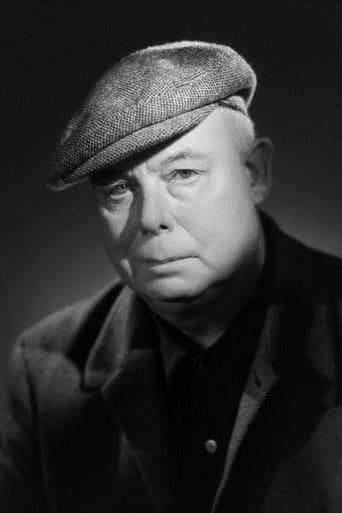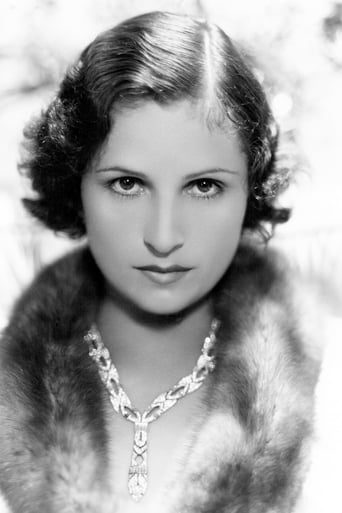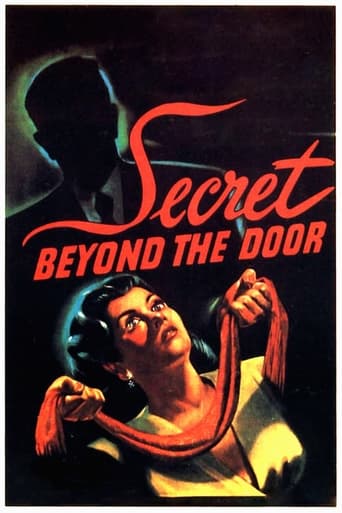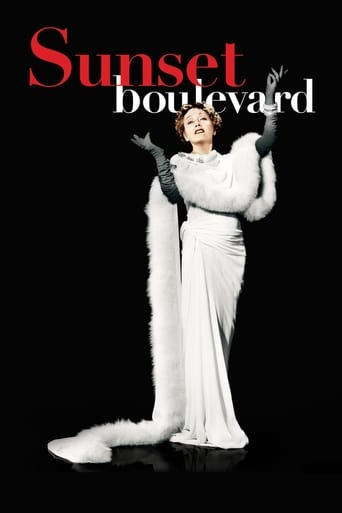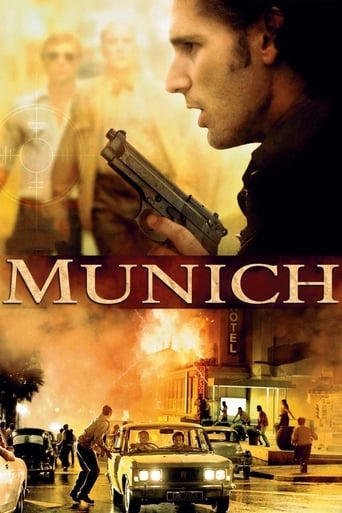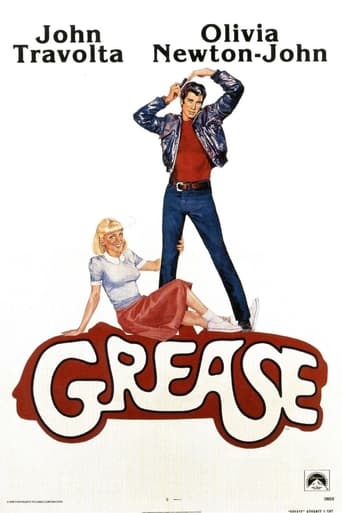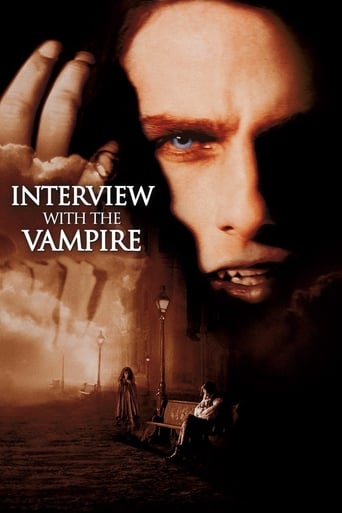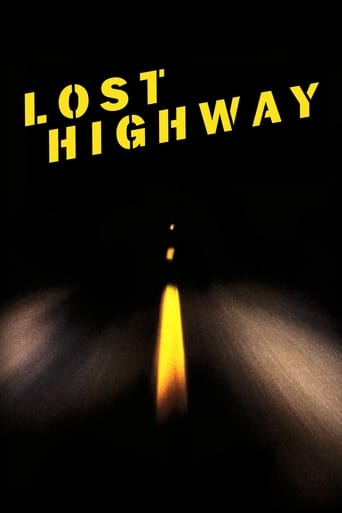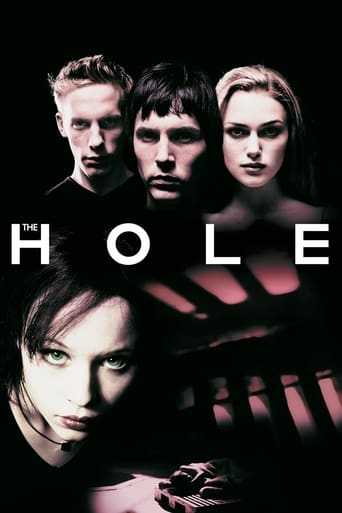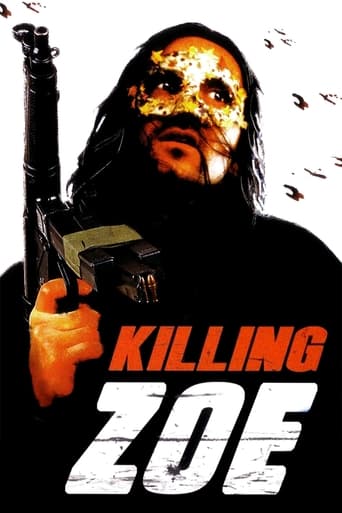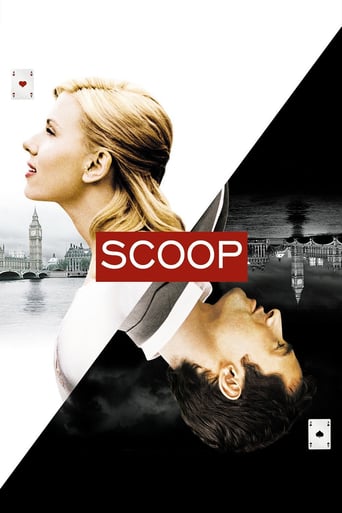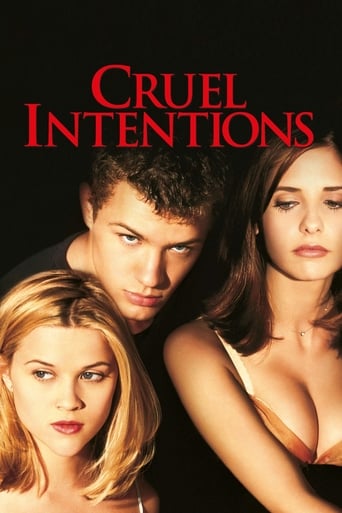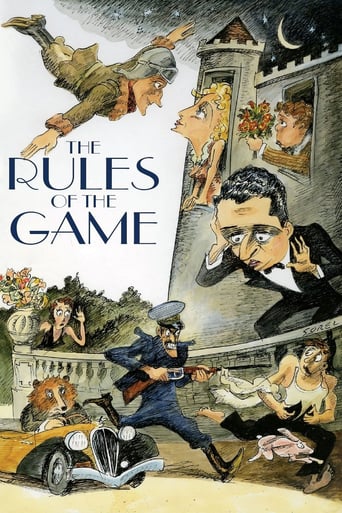
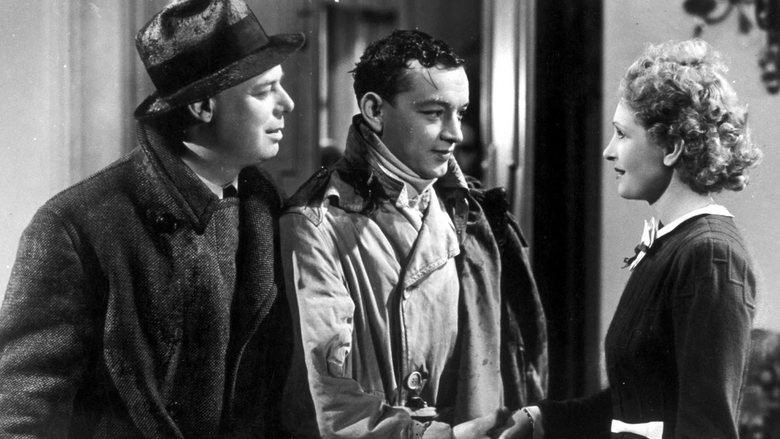
The Rules of the Game (2022)
A weekend at a marquis’ country château lays bare some ugly truths about a group of haut bourgeois acquaintances.
Watch Trailer
Cast


Similar titles
Reviews
Renoir was a master of satire. RULES OF THE GAME is a film that ridicules perhaps one social class with superb attention. High Society is always an interesting topic. The story is simple with an incredible number of complications. The topic at one point harmless, but in the second very dangerous. Of course, the director felt it on his own skin. The film is present and a dose of absurdity that in some scenes touching the point of madness and obsession. The picture is from the very beginning "blurred", just like the future of the characters. Anyone can ask what the surface is, and what depth of meaning? The area is regulated high society in which all polite, friendly and smiling. Probably too much. Depth is a farce in which they live wives, husbands, lovers, adulterers, servants, masters, informers and observers. In essence, everyone respects the rules of the game, they all misunderstood, unhappy and unfulfilled. All are persistent in the general chaos until it happens, let's say ... a murder. False sense of high society is a constant on the surface. Always!Given the period in which the film was created, anyone can conclude that Renoir consciously risked. Renoir 'attitude can be interpreted in several ways, but one thing is certain ... the director in his intention was damn honest. Death is in the film is described as a senseless, heartless and cruel.Nora Gregor as Christine de la Chesnaye tries to follow her heart, violating the rules of the game. Roland Toutain as André Jurieux, an aviator in love with Christine and victim of the game that is jeopardized by his behavior. Marcel Dalio as Robert de la Chesnaye, Christine's husband and Geneviève's lover is torn between his own passions and woman he loves. Jean Renoir as Octave, an old friend of Christine's and friend of André is a sign of reason everyone except himself, because he is aware that it does not belong to that class, but for many reasons does not want out there. Other characters are fit in the game even though they do not understand.The game gives and takes, recognizes and denies, opens and closes, laugh and sad.
It is a movie of superlatives: masterpiece, classic, cult, reference, influential, lesson of cinema, best French film ever, "the movie of movies" (Truffaut). When it came out in 1939, it was a relative failure, albeit not as complete as Renoir himself believed. Critics were balanced. Attendance was low but it was summer and there was turmoil. It was shortened and then banned (as were some other films). After WWII it had limited success. Only in 1959 was the present version shown, close to the original one: it became an instant hit and has remained so ever since. It is the only picture that has always been in the top 10 of Sight & Sound recurring poll: #10 in 1952, between #2 and #4 afterwards.Many articles and books were published about this movie: I will try to summarise the main findings.*** WARNING: CONTAINS SPOILERS ***IMAGE. It is the first film, two years before "Citizen Kane", to use so masterly and purposefully depth of field, long shots and camera movements: we see lengthy action in foreground and background. This allows to follow antagonist forces at the same time: master/servants, men/women, truth/lie, conventions/instinct, etc. This complexity illustrates the key words of Robert de La Cheyniest: "Everyone has one's reasons." Just an example: when Christine explains her relationship with Jurieux, Robert and Octave move behind her. First they are worried, then they look happy and fool around. Hence Christine's speech can be heard at two different levels: sincere or clever talk to solve a mess. Afterwards the camera moves out and as we see other characters we realise her speech was interpreted as social formality.Images throughout the movie are superb, but Renoir warns us: image is not truth, because truth is complex. For instance when Christine with the binocular sees her husband kissing Geneviève: she thinks he is cheating, while actually he is breaking up.STRUCTURE. As the title hints, the main theme is social rules versus human instinct. The hunting scene situated precisely in the middle of the movie is pivotal. (This scene is a masterpiece in itself: it follows the point of view of the animals massacred and brilliantly alternates general/specific and long/short shots.) Before, etiquette is dominant: Robert refused to leave Geneviève, hunters are polite ("This pheasant was yours" – "No, it was yours"), everybody plays the social game. The cruel hunt seems to unleash primary instincts: afterwards, the same two hunters argue about another pheasant, people laugh when the general tells about a mortal hunting accident, Robert dismisses Geneviève, Jurieux bluntly tells Jackie he doesn't love her. This revealing of passions will climax in the final party where people will argue, fight and eventually kill.The way action flows from one scene to the other is outstanding, for instance at the beginning. First located at the airport, we move to Christine's room through radio broadcast, then to Robert's as Christine walks to him, then to Geneviève's apartment through a phone call. This fluid, efficient movement might now seem obvious, however at the time it was ground-breaking.SYMBOLS. They abound but discreetly to illustrate the main themes. For instance, persons are shown as prisoners of social conventions: they are associated to various automats, statues and costumes. When Robert meets Geneviève in her apartment, we see the two characters among statues in the background. Progressively, the shots get closer and closer until finally they focus on their faces just next to the statues: the similarity becomes striking.During the party in the castle at the end, Robert shows his huge automat. The camera moves on the puppet's faces then on his: again he is assimilated to a social automat. However there is more: the female painting and the three male puppets can be linked to the actual love stories (Lisette + Schumacher/Marceau/Octave or Christine + Jurieux/St Aubin/Octave/Robert shown in the flesh).Later on during the party, an automated piano symbolically plays on its own the "Macabre dance" by Saint-Saëns and skeletons enter the stage. We have moved into another dimension and know something will go wrong. However there is more: Schumacher comes into the room from behind a curtain just as the skeletons did. He is hence associated to death and will be the one delivering it. At the end, Robert gives the closing speech at the top of stairs in front of the persons gathered below, just as if he were on stage: the social performance finally triumphs, celebrated by off-screen music playing for the first time. Hence, with the elimination of the disturbing element (Jurieux), conventions can resume as before. Society needs sacrifices to carry on. As we see with all these examples, the movie plays on symbols at different levels: one is obvious, one is concealed.CHARACTERS. Complexity again: they arouse both attraction and contempt. Robert is smart and classy, but only values property. Schumacher is a brute but his grief at the end is touching. Marceau is funny but deceitful. Lisette is charming but manipulative. Octave is sweet but eventually pathetic. Some characters evolve, notably Christine who at first is lost in social rules. She then tries to comply with them: she pretends to Geneviève she knew about her relationship with her husband and also tries to cheat on him, when actually all she wants is love and children. At the end she says this terrible sentence in a harsh tone to Jackie who is crumbling after Jurieux's death: "People are looking at us!"STYLES. The movie is one of the first to so efficiently mix styles: drama, comedy, thriller, social, historical. On this last point, Renoir wanted to show society at the eve of WWII, however some themes are still valid today (for instance Octave's speech about lying).The above review only rapidly highlights a few qualities of this rich, multi-level movie. It has to be seen and seen again: "We watch it as we listen to a symphony" (Bazin).
I was looking forward to watching this movie for its reputation as of of the greatest of all time. Another foreign movie, Tokyo Story, is similarly rated, and is very moving and deserving. This film, however, is annoying, with hokey chase scenes that the Keystone Kops would be embarrassed about; glib, has a horrible soundtrack with many grating noises; and has characters that you have to work hard to have any feelings for. In relation to its reputation, I am going to vote it one of the worst movies in the history of cinema. Stay away; you will be restless during the movie to get it over with, and the ending is entirely implausible with a lack of true human emotion, merely French "sophisticated" sorrow.
I am somewhat puzzled after having watched this acclaimed as a classical film. If this is supposed to be a comedy, it lacks any fun whatsoever, if it pretends to be a drama, it is hilarious, if it tries to be something in between, it just fully fails.A set of personages with intermingled love and friendship relationships that come from nowhere, develop without any sense in a series of ridiculous scenes, and end in... nothing at all. What's the point??. Not a single personage raises any sympathy or concern for him/her, no personage is developed so that you can understand his/her motivations and the reason why is behaving in such a senseless way (everybody does in the film).Is the film maybe a criticism against aristocracy/bourgeoisie?... if so I can't imagine a more clumsy way to do it!... Well, let's leave it at that. Mi first attempt with Jean Renoir, and for sure the last one!


